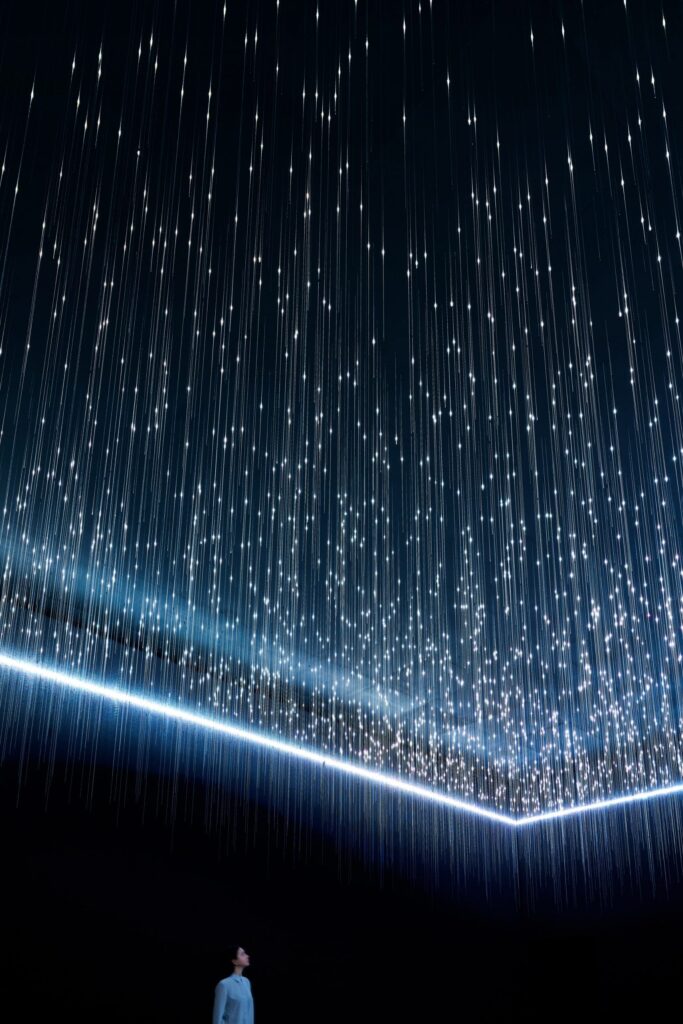A question that you might be asking yourself as AI is all in your face is: How could artists incorporate AI in their creation process?
A few weeks ago, I posted an article titled “Is AI Creative Work Cultivating Creativity or Laziness?” I tested different AI platforms in doing the same creative work I do based on given prompts. Since then, I have been really wondering if I am, as an artist, resisting AI because of my artist ego and if there are really endless possibilities that artists could explore thanks to technology. This blog post sums up my thoughts about the topic and what I concluded.
The evolution of technology in art
Before I go on about my opinions, I shall state the fact that technology is a fascinating and rapidly evolving field. Technology has opened up new avenues for experimentation, especially in artistic expression. Artists today are using a wide range of tools and techniques to create new and innovative works that wouldn’t have been possible without the evolution of technology. I know we all wonder about the downside of what technology has caused, and we know that it is affecting human creativity and cultivating laziness more than anything else. But why do we need to stop resisting AI in this scenario?
Why should artists stop resisting AI?
Here’s something I learned in the past year: DO NOT RESIST CHANGE!
Now, imagine you’re a designer in 1988 and people started using software for design. But you are absolutely against the use of design software such as Photoshop, Illustrator, or Canva and decided to keep on designing using the traditional method of pen and paper. What would happen to you? The answer is, you won’t really have to think about it because it’s too obvious that the majority of people probably don’t even know that design existed before design software. And that just gives you an even clearer idea about what happened to designers and creative businesses who refused or resisted technological change! They simply disappeared!
Change is just as certain as death is and will happen even if you resist it!
How could artists incorporate AI in their creation process?
Exactly like I mentioned in my previous post, using AI fully to create creative work is such a lazy move and it’s not safe! because of the risks of duplicate content and the absence of originality.
On the other hand, if you use AI creative tools wisely, as an assistant, then you can speed up your creation process and probably make it even better than you could have created without an AI assistant.
Learning how to use AI tools to create art safely and efficiently is what I personally decided to do, and here’s how:
Using AI-generated images:
As artists, we can use AI-generated images as a starting point for our work. There are several AI tools available that can generate images based on specific criteria, such as style, color palette, or subject matter. An artist can use these images as inspiration and then modify them to create a unique piece of art.
Collaborating with AI:
Another way to incorporate AI is by collaborating with AI systems. For example, an artist can train an AI system to generate art based on certain prompts and then use the output as a starting point for their own work.
Using AI to generate music:
AI can also be used to generate music. There are several AI tools available that can generate music based on specific parameters, such as genre, tempo, and mood. An artist can use these tools to create music for their own work or to collaborate with other musicians.
Using AI to enhance our work:
AI can also be used to enhance an artist’s work. You can use AI tools to modify and manipulate images or videos to create a more complex and dynamic piece. This especially goes for 3D artists and digital artists, but for me as a traditional painter, I can create samples of what I imagine and then use AI systems to tweak and modify the outcome until I reach what I imagine in a quick and easy way.
Using AI to create interactive art:
AI can be used to create interactive art installations that respond to the viewer’s movements or actions. You can in this case create a video installation that uses AI to track the viewer’s movements and create a unique visual experience (especially for a solo exhibition or a competition).
What are your thoughts about AI art and in which ways can you link art and technology? Let me know in the comments down below!
Enjoy creating <3



I love your page . It’s very interesting and informative. Thank you